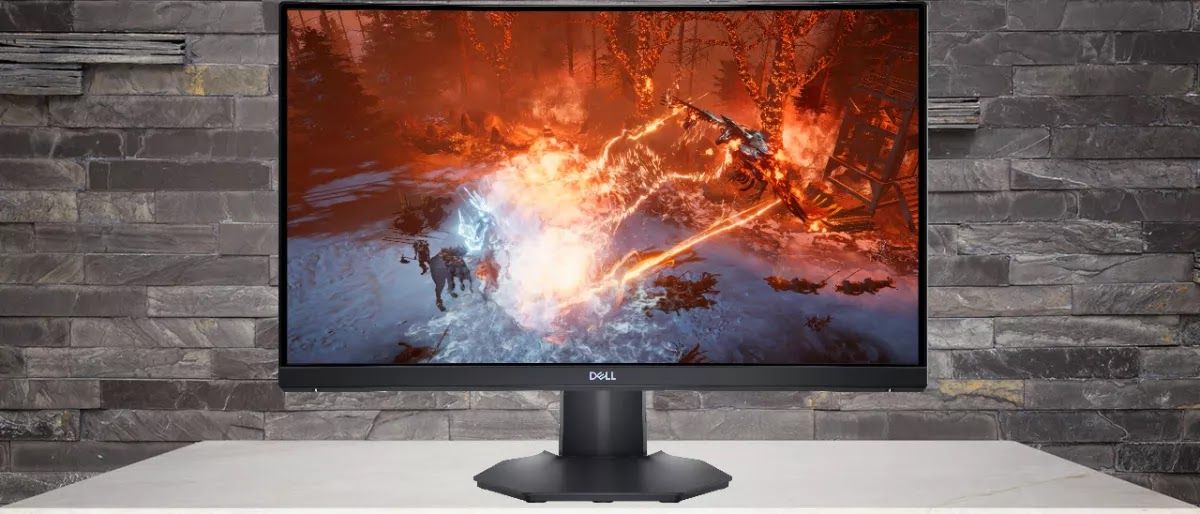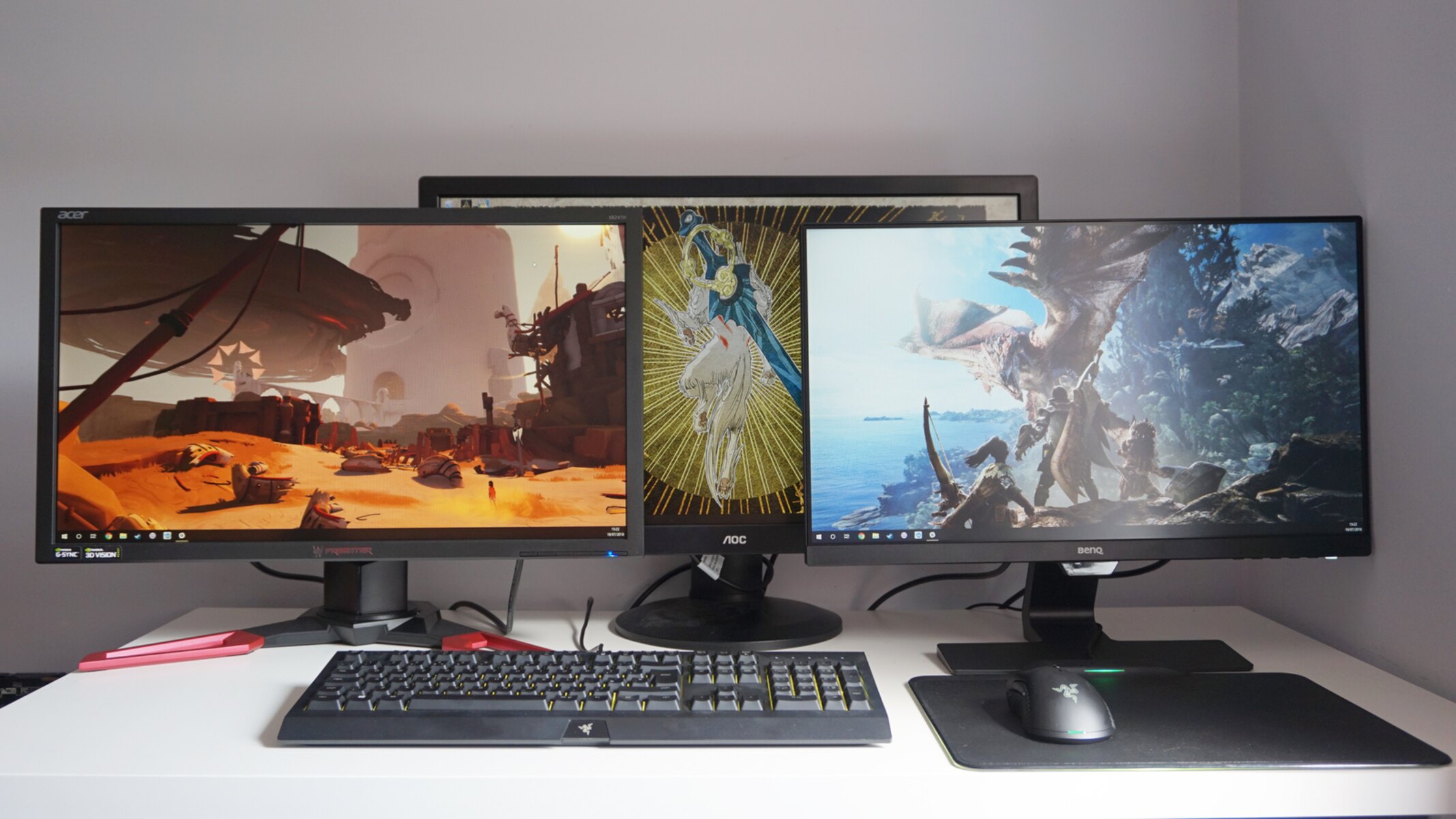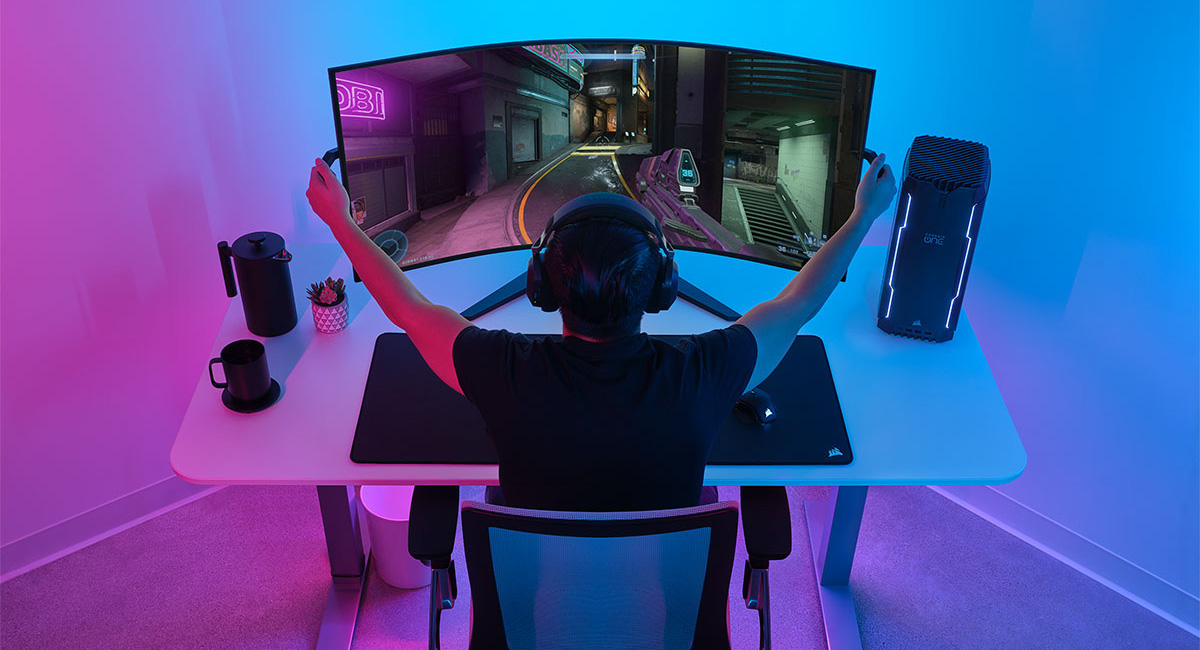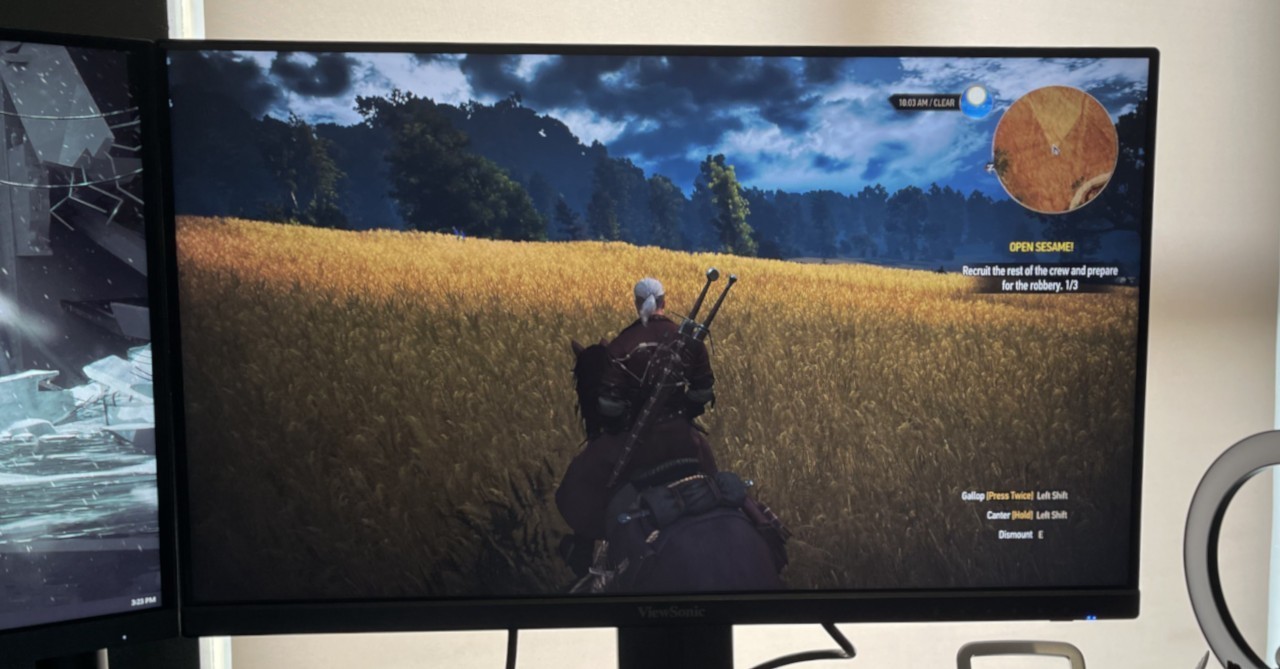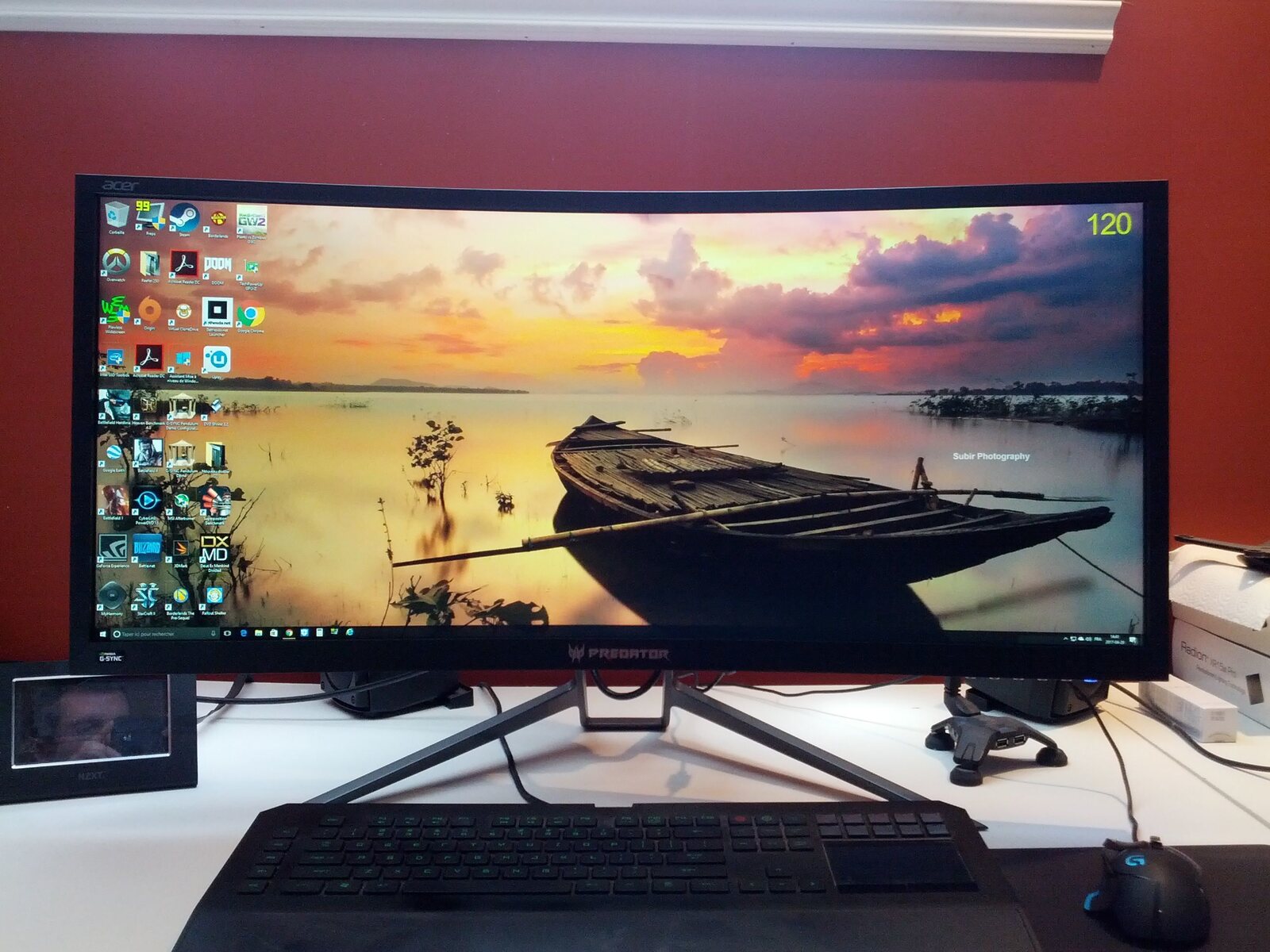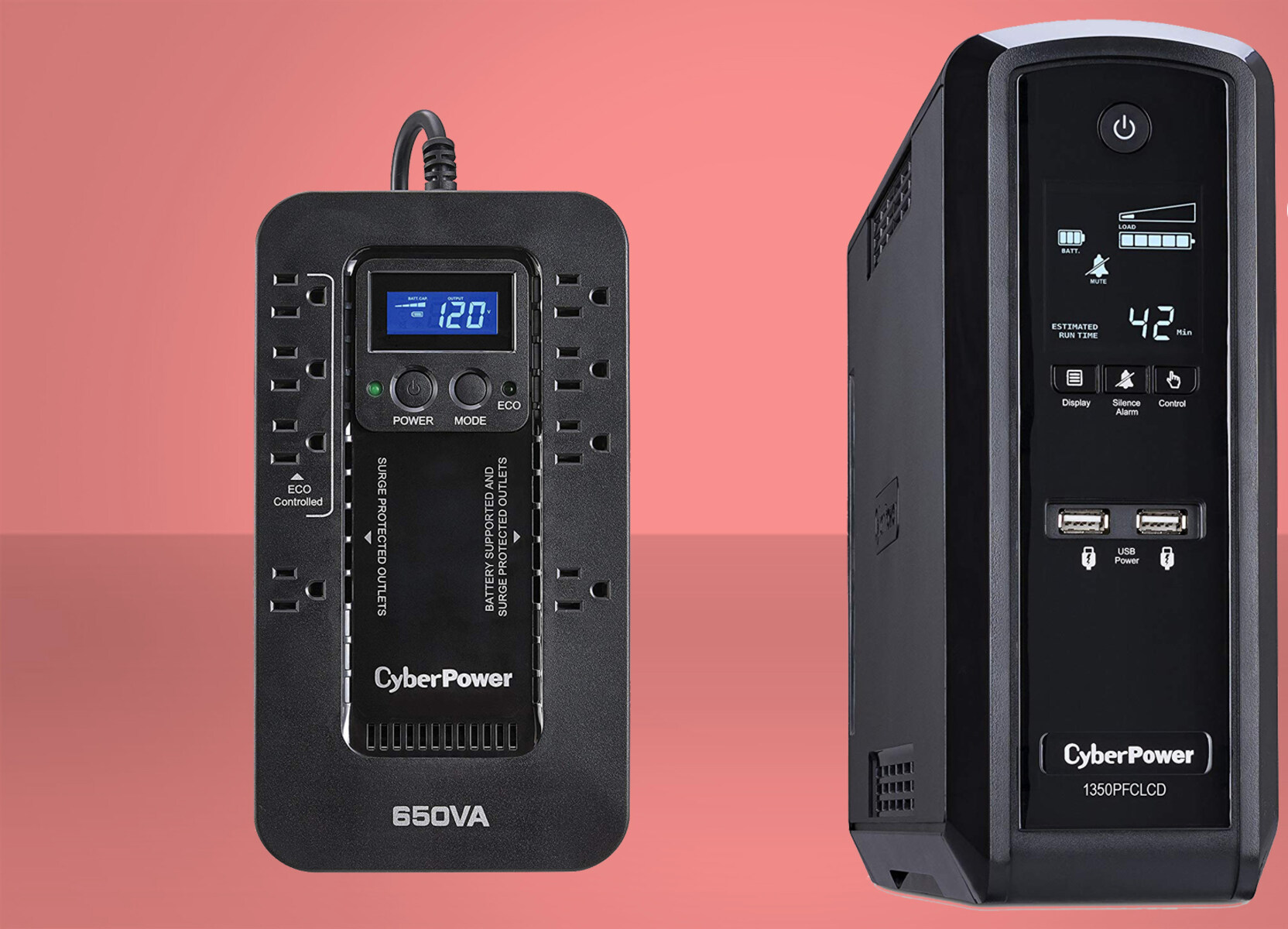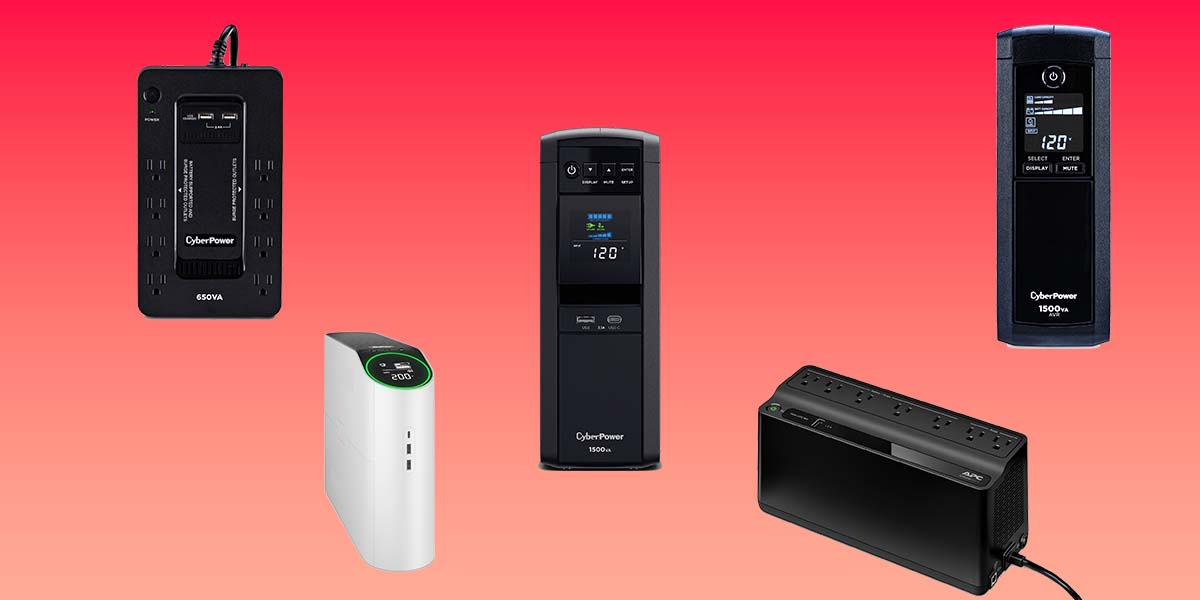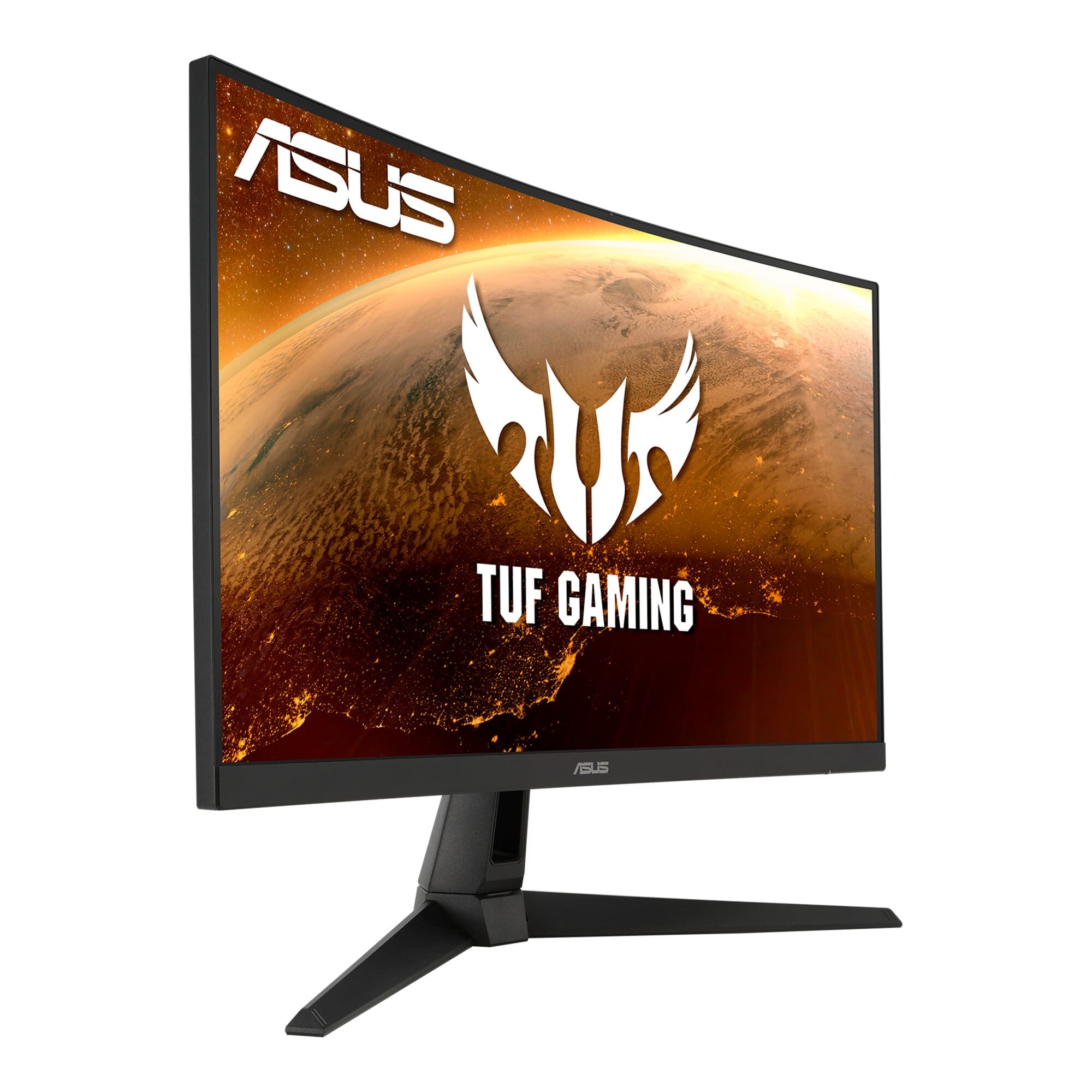Introduction
Welcome to the world of VA monitors! If you’re in the market for a new monitor or just curious about the latest display technologies, you’ve come to the right place. In this article, we’ll explore the ins and outs of VA monitors, also known as Vertical Alignment monitors. We’ll delve into what they are, how they work, their advantages and disadvantages, and provide some tips on choosing the right VA monitor for your needs.
As we all know, a monitor is an essential part of any computer setup, whether it’s for work, gaming, or simply watching movies. The choice of monitor can greatly impact your overall experience, and that’s where VA monitors come in. VA stands for Vertical Alignment, a type of LCD technology that offers improvements over traditional TN (Twisted Nematic) panels and competes with the popular IPS (In-Plane Switching) panels.
VA monitors are known for their excellent color reproduction, high contrast ratio, and wide viewing angles. These screens are capable of displaying vibrant colors, deep blacks, and rich details, making them suitable for a range of tasks, from graphic design to immersive gaming. If you’re someone who values image quality and wants a versatile monitor, a VA display might be just what you’re looking for.
With that said, let’s dive deeper into the world of VA monitors and discover their unique characteristics, benefits, and potential drawbacks. By the end of this article, you’ll have a clear understanding of what a VA monitor is and whether it’s the right choice for your computing needs.
Definition of a VA Monitor
A VA monitor, or Vertical Alignment monitor, is a type of LCD (Liquid Crystal Display) technology used in computer screens and televisions. The term “Vertical Alignment” refers to the orientation of liquid crystals within the display panel. Unlike traditional TN (Twisted Nematic) panels, which have liquid crystals aligned parallel to the screen, VA panels have liquid crystals aligned in a vertical arrangement. This unique design allows for improved image quality and performance compared to TN panels.
One of the key advantages of VA monitors is their ability to produce deep blacks and high contrast ratios. By controlling the alignment of the liquid crystals more effectively, VA panels can block more light from passing through when a pixel is supposed to be dark, resulting in a more accurate representation of black. This enhanced contrast ratio makes images appear more vibrant and lifelike, especially in movies and games that feature dark scenes or high contrast visuals.
Another defining characteristic of VA monitors is their wide viewing angles. While TN panels tend to suffer from color shifting and distortion when viewed from different angles, VA displays offer better consistency in color and image quality even when viewed from the sides. This makes VA monitors suitable for collaborative work environments or situations where multiple people need to view the screen simultaneously.
In terms of color reproduction, VA monitors can achieve rich and accurate colors. They typically cover a wider range of the color spectrum compared to TN panels, resulting in more vibrant and lifelike images. However, it’s important to note that VA panels might not achieve the same level of color accuracy as high-end IPS (In-Plane Switching) monitors. Still, for most users, the color quality of VA monitors is more than sufficient and can greatly enhance the viewing experience.
Overall, VA monitors offer a compelling balance between image quality, color accuracy, and affordability. They strive to provide a middle ground between the fast response times of TN panels and the superior color reproduction and viewing angles of IPS panels. Whether you’re a professional seeking accurate color representation or a gamer looking for an immersive visual experience, a VA monitor can be an excellent choice.
How VA Monitors Work
To understand how VA monitors work, let’s take a closer look at the technical aspects of their design. VA panels consist of liquid crystals sandwiched between two layers of glass, with transparent electrodes running across the panels. When an electrical charge is applied to these electrodes, the liquid crystals twist and control the amount of light passing through them, creating the images we see on the screen.
In a VA monitor, the liquid crystals are aligned in a vertical arrangement, hence the name “Vertical Alignment.” When no electrical charge is applied, the liquid crystals remain in their default twisted position, blocking most of the light from passing through. This results in a dark pixel. However, when a charge is applied, the liquid crystals untwist, allowing light to pass through and creating a bright pixel.
This switching mechanism of the liquid crystals in VA panels is what enables them to achieve high contrast ratios and deep blacks. By manipulating the alignment of the liquid crystals, VA monitors can control the amount of light transmission for each pixel, resulting in a wide range of brightness levels and accurate representation of colors.
One of the drawbacks of VA panels is their slower response times compared to TN panels. The time it takes for the liquid crystals to switch from one state to another can lead to motion blur in fast-paced scenes, especially in gaming. However, modern VA monitors have made significant advancements in reducing response times, with some models offering as low as 1ms response time, making them more suitable for gaming purposes.
It’s worth noting that not all VA panels are created equal. There are several variations of VA technology, such as MVA (Multi-domain Vertical Alignment) and AMVA (Advanced Multi-domain Vertical Alignment), each with its own strengths and weaknesses. These variations may have different color reproduction capabilities, viewing angles, and response times, so it’s important to research and consider the specific features of the VA monitor you intend to purchase.
Overall, the unique arrangement of liquid crystals in VA monitors allows for better control of light transmission and results in superior contrast ratios, deep blacks, and wide viewing angles. While response times may still be a factor to consider, modern VA panels have made significant strides in addressing this issue, making them a viable choice for a range of applications, from professional work to gaming and entertainment.
Advantages of VA Monitors
VA monitors offer several advantages over other types of display technologies, making them a popular choice for users seeking high-quality visuals and immersive experiences. Here are some of the key advantages of VA monitors:
- Excellent Contrast Ratio: One of the standout features of VA monitors is their ability to produce deep blacks and high contrast ratios. By controlling the alignment of liquid crystals, VA panels can effectively block light when a pixel is supposed to be dark, resulting in vibrant and vivid images with enhanced depth and realism.
- Wide Viewing Angles: Unlike TN panels, which suffer from color shifting and distortion when viewed from different angles, VA monitors offer wider viewing angles. This means that you can enjoy consistent color accuracy and image quality, even when viewing the screen from the sides. This makes VA monitors suitable for collaborative work environments or multi-user setups.
- Rich Color Reproduction: VA monitors are known for their ability to produce vibrant and accurate colors. They typically cover a wider color gamut compared to TN panels, resulting in more lifelike and visually appealing images. While they might not match the color accuracy of high-end IPS displays, VA monitors still deliver impressive color performance for most users’ needs.
- Immersion for Gaming: VA monitors are well-regarded in the gaming community for their ability to deliver an immersive gaming experience. With their high contrast ratios, deep blacks, and rich colors, VA panels can bring games to life by enhancing the details and visual effects. The wider viewing angles also contribute to a more engaging gameplay experience.
- Affordable Pricing: Compared to the premium IPS panels, VA monitors tend to be more affordable, making them an attractive choice for budget-conscious buyers. You can find a wide range of VA monitor options at different price points, allowing you to enjoy the benefits of this display technology without breaking the bank.
These advantages make VA monitors a compelling choice for a variety of applications, from professional work that requires accurate color reproduction to immersive gaming and entertainment. If you value high contrast ratios, wide viewing angles, and vibrant colors, a VA monitor could be the ideal display solution for you.
Disadvantages of VA Monitors
Although VA monitors have numerous advantages, they also come with a few drawbacks that users should be aware of before making a purchase decision. Here are some of the key disadvantages of VA monitors:
- Slower Response Times: VA panels generally have slower response times compared to TN and some IPS panels. This can result in motion blur, especially during fast-paced scenes in gaming or action-packed videos. While modern VA monitors have made improvements in reducing response times, they may still struggle to match the ultra-fast response times of TN panels, making them less ideal for competitive gaming or tasks that require rapid image changes.
- Possible Ghosting Effect: One of the consequences of slower response times in VA monitors is the potential for ghosting, where the previous image faintly lingers on the screen before fully transitioning to the new image. This effect can be more noticeable in situations with high contrast or quick transitions between dark and light tones. However, it’s important to note that the severity of ghosting varies among different VA monitors, and some newer models have implemented technologies to mitigate this issue.
- Limited Color Accuracy: While VA monitors offer rich and vibrant colors, they may not match the color accuracy and consistency of high-end IPS panels. The color reproduction of VA monitors can sometimes fall short, resulting in slightly less accurate hues and saturation levels. This drawback might be more noticeable to professional graphic designers or photographers who require precise color representation.
- Narrower Viewing Angles Compared to IPS: While VA monitors provide wider viewing angles compared to TN panels, they typically have narrower viewing angles compared to IPS displays. When viewing a VA monitor from extreme angles, there can be a loss in color accuracy and contrast, resulting in a slight color shift and diminished image quality. However, for most users sitting directly in front of the screen, the viewing angles of VA monitors are more than adequate.
- Possible Backlight Bleeding: Backlight bleeding refers to the uneven distribution of backlighting, leading to areas of the screen appearing brighter or washed out, especially in dark scenes. Some VA monitors might be susceptible to backlight bleeding, which can be distracting and impact overall image quality. It’s important to research and choose a reputable brand and model to minimize the risk of encountering this issue.
Despite these disadvantages, it’s important to remember that VA monitors still offer significant benefits, making them a popular choice among users. Depending on your specific needs and preferences, the drawbacks of the technology may or may not be significant factors to consider. It’s always recommended to thoroughly research and read reviews to understand the specific characteristics and performance of the VA monitor you are interested in.
Choosing the Right VA Monitor
When it comes to selecting the right VA monitor, there are a few key factors to consider to ensure that you find a display that meets your specific needs and preferences:
- Screen Size and Resolution: Determine the ideal screen size and resolution for your usage requirements. Consider factors such as your workspace setup and the tasks you’ll be performing. VA monitors are available in a range of sizes, from compact 24-inch displays to larger 34-inch ultrawide screens. Additionally, different resolutions, such as Full HD (1080p) or QHD (1440p), offer varying levels of detail and clarity.
- Response Time: Pay attention to the response time of the VA monitor you’re considering, especially if you’ll be using it for gaming or other activities involving fast-moving visuals. Look for models with lower response times, ideally around 5ms or lower, to minimize motion blur and ghosting effects.
- Refresh Rate: Consider the monitor’s refresh rate, which represents the number of times the screen refreshes per second. Higher refresh rates, such as 144Hz or 240Hz, provide smoother motion and reduce stuttering and tearing, making them desirable for gamers. However, it’s important to ensure that your graphics card can support the selected refresh rate.
- Connectivity: Check the available connectivity options on the VA monitor. Ensure that it has the necessary ports, such as HDMI, DisplayPort, or USB-C, to connect to your devices, whether it’s a computer, gaming console, or other peripherals you plan to use.
- Color Accuracy and Calibration: If color accuracy is important for your work, consider a model that offers good color reproduction and supports hardware calibration. Look for VA monitors with high color gamut coverage, wide color spaces like sRGB or Adobe RGB, and factory calibration for precise color accuracy out of the box.
- Ergonomics and Adjustability: Consider the ergonomics and adjustability features of the monitor, such as tilt, swivel, height adjustment, and the ability to mount it on a VESA-compatible stand. These features allow you to find a comfortable viewing position and adapt the monitor to your workstation setup.
- Brand and Reviews: Research the reputation of different brands and read reviews from reliable sources or trusted users to gauge the reliability, durability, and customer satisfaction of the VA monitor you’re interested in. Pay attention to any common issues or drawbacks mentioned by users.
By considering these factors, you’ll be able to narrow down your options and find a VA monitor that aligns with your requirements, whether it’s for professional work, gaming, or general multimedia consumption. Remember to prioritize the features that are most important to you and strike a balance between performance, price, and overall value.
Conclusion
VA monitors, or Vertical Alignment monitors, offer a range of benefits and drawbacks that are important to consider when choosing the right display for your needs. These monitors excel in areas such as high contrast ratios, wide viewing angles, and vibrant color reproduction. They provide an immersive visual experience, making them suitable for tasks such as gaming, professional design work, or multimedia consumption.
However, they do have some drawbacks, including slower response times, potential ghosting effects, and limited color accuracy compared to high-end IPS monitors. Additionally, narrower viewing angles and possible backlight bleeding can be factors to keep in mind when evaluating VA monitors.
When selecting a VA monitor, factors such as screen size, resolution, response time, refresh rate, connectivity options, color accuracy, adjustability, and brand reputation play a crucial role. It’s essential to determine your specific requirements and prioritize the features that are most important to you.
Ultimately, VA monitors are an attractive choice for users who value excellent contrast ratios, wide viewing angles, and vibrant colors without breaking the bank. They strike a balance between performance and affordability, making them suitable for various applications. It’s recommended to thoroughly research and read reviews to ensure you choose a reputable brand and model that best fits your needs.
By making an informed decision and considering your specific requirements, you can find the perfect VA monitor that will enhance your computing experience and provide you with stunning visuals for work, gaming, and entertainment.







